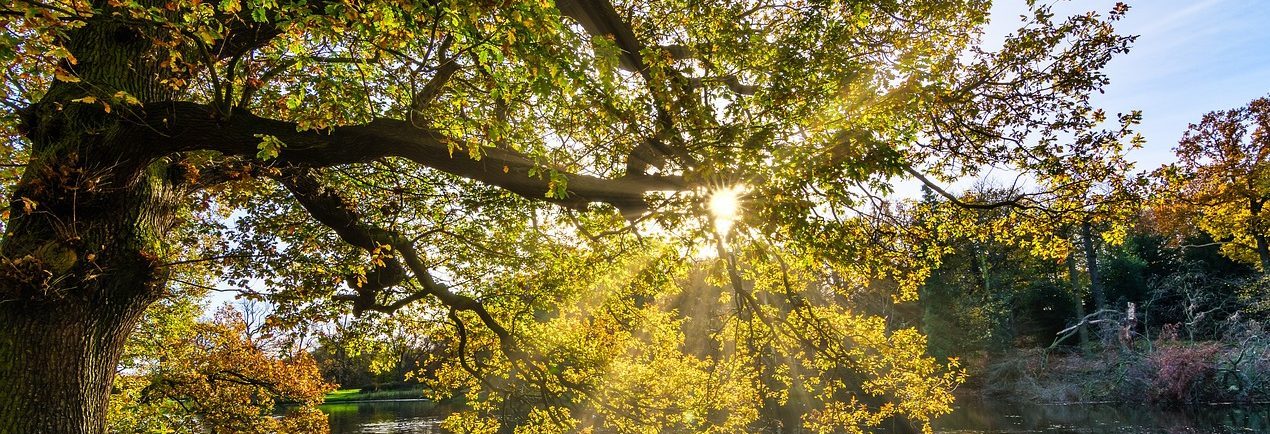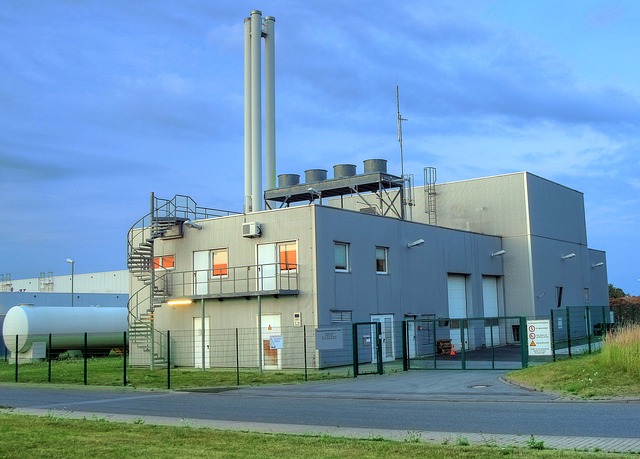
Are Trees the Key to Clean Energy?
Is there green energy in our green trees? Below are some recent developments in tree-powered and tree-inspired energy sources.
The Problem with Biomass Power Plants
Trees for energy is almost traditional. Wood has been burned for fuel over many centuries. In fact, much of civilization has been built around the power of fire, and fire, naturally, goes hand in hand with wood. Of course, wood as fuel gradually fell out of favor due to its inefficiency when compared to other power sources. Nevertheless, the emerging trend of biomass power plants is trying to re-harness the burning of wood and other bio-materials. Biomass power plants work by burning pellets composed of wood and other organic materials to produce energy. This was meant to be a positive move away from using fossil fuels. However, the reality is that there are many troubling issues about biomass power plants.

One of the biggest issues is that, in order to keep up with the world’s energy needs, the amount of wood we would have to burn would hugely increase the amount of carbon emissions. Also, it would require huge amounts of land to grow more and more trees to keep up. Granted, some argue that, if properly managed, burning wood for energy is actually carbon neutral since these huge forests would act as carbon sinks, soaking up the extra carbon and therefore balancing the whole thing out. But remember, it is only mature trees that will really soak up CO2. So, the world would be waiting for these trees to grow up to compensate for the extra emissions…right before they were chopped down again. All in all, the very evident impracticality of burning wood for energy cannot outweigh the speculative chance that it could balance out in the future. In short, biomass burning is inefficient and it pollutes.
Luckily, trees offer so many more possibilities than just being used as fuel to be burned. The following new technologies which use trees as raw materials or are based on the science of trees are testament to the wealth of inspiration they offer.
The Green Solar Cell Project
Imagine if we could commandeer the process of photosynthesis and use it to provide cheap green energy for third world countries. That’s where the Green Solar Project steps into the picture.
Researchers have combined advanced technology with biology to create a cheap solar cell derived from trees and other green plants. These plants are mixed with a special chemical that ultimately creates a photovoltaic material which in turn powers these green solar cells through the process of photosynthesis.
The way it is integrated is quite simple — the aforementioned special mixture is combined with something green and then spread onto a structure, such as the rooftop of a home. The process of photosynthesis then kicks in, absorbing energy from the sun and storing it for our use.
There are many kinks to work out and the project is still in the testing and research phase, but the idea is exciting and points to a bright future concerning trees, plants, and energy innovation!

The Wood Battery Project
Researchers have been analyzing trees and have come up with an intriguing idea. Why not make a battery out of wood and tin? The idea isn’t as ludicrous as it might appear on the surface. Current batteries are housed within stiff bases, making them unsuitable for the constant shrinking and swelling that occurs as electrons are stored within the battery and are eventually used up.
Extensive research centered around trees has revealed that wood fibers are capable of expanding and contracting, making them better suited to deal with this issue. The ability to expand and contract would allow a wood battery to last for many charging cycles.
Furthermore, wood is perfect when it comes to containing liquids. Trees, in particular, are capable of holding mineral-rich water. This reveals that wood would be the ideal material for housing liquid electrolytes, which would allow it to act as more than just a base, but as an actual active part of the battery itself.
It’s theorized that a fully constructed wood battery could have a lifespan of 400 charging cycles which puts it on par with the longest lasting nanobatteries.
—
Keep in mind that both the wood-power battery and green solar cell project are still in the research and testing phase, but they are a clear demonstration that trees (and plants in general) possess the potential to revolutionize the way we provide power for people around the world. With projects like these in the works amongst many others, the future is looking green.




